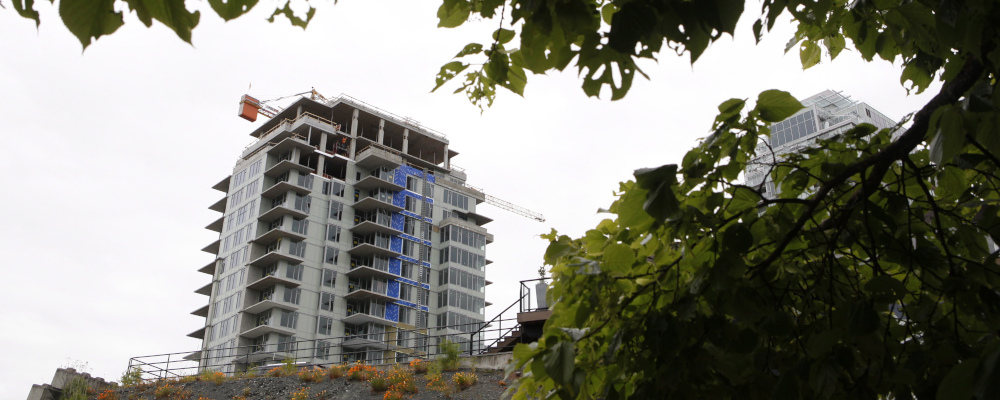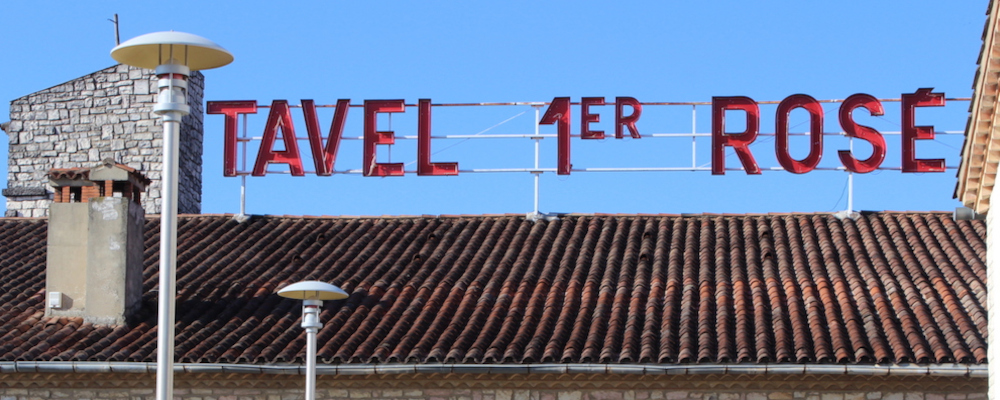For all of the political attention paid to energy, transportation, and other sources of carbon emissions contributing to climate change, one major area that regularly gets overlooked is where we live and work: our buildings.
Canada’s built environment, including residential and commercial buildings, contribute to 12.4 percent of our overall emissions. To put that in perspective: it’s more than 90 megatonnes of carbon dioxide which is roughly half of the emissions produced by the oil and gas sector in 2019.
An effective climate change strategy therefore must reckon with reducing emissions from our buildings. The question, of course, is how can we do that without driving up the costs of housing and commercial buildings at the expense of households and our economy?
Environmental regulations — those in practice and those proposed by governments in waiting — are necessary to reduce our building’s emissions to reach the Paris Agreement targets and contribute to the global fight against climate change. But like most pressing problems, the cost associated with compliance to the policy solution is significant.
In the short term, the margins of our nation’s homebuilders will be dramatically squeezed and building a residential tower carries real financial risk — one that developers will not take on without a proper return.
Sustainable design strategies like green roofs, energy recovery ventilators, low emitting materials, and energy efficient measures like lighting, appliances, and submetering are the key markers of government policy to mandate performance standards of how buildings are constructed and operated.
The cost of energy efficient measures should not be the reason that a development is abandoned.
Each of these environmental initiatives present themselves as a cost, carried by the builder, on the development proforma, which is the analysis of a project’s financial return with each initiative broken down to quantifiable terms. There is no line item in the return summary for “emissions reduction” or “environmental development return on cost.” What is more, for high-rise residential developers, any future cost benefit is sight-unseen. Once a residential unit is sold, all future utility savings go to the buyer, the homeowner paying the monthly bills.
If the municipalities of Canada’s largest cities pass new stringent environmental regulations without commensurate red tape reductions, these noble environmental policies will only add to the cost of building and in turn increase the price of a home. In a city like Toronto, where the average condo price is $675,844, that has the potential to become a political lightning rod, despite the good intentions of the short-sighted council that proposes the regulations.
Developers of our cities’ tallest buildings will not implement energy efficient strategies across their portfolios until they can capture new value from carbon reduction.
The intricacy of the development proforma — the uncontrollable costs, each with a corresponding forecast — cannot be underestimated. The levers of time and equity must be pulled with near precision to generate a positive return and manage the sensitivity analysis.
If you think there are a lot of cranes in the sky today, just think for a moment of all the blueprints that never made it past planning. You could fill entire cities with buildings never realized, plans and proformas abandoned because the cost of construction was too high, environmental remediation too great, the cost of heritage retention too much.
The cost of sustainable building designs and energy efficient measures should not be the reason that a development is abandoned, a blueprint be left on the table. The short-term cost to contribute to a long-term target should not deter residential developers to build.
As we look forward to elections across Canada, in our cities and at the national level, politicians would be wise to think about how they can incentivize developers to build-green-better.
In Toronto, developers receive a financial benefit for seeking voluntary higher performance standards, but these benefits are limited. Municipalities could go one step further to provide a guarantee of time: if a developer seeks higher voluntary environmental standards, Toronto could offer in return a maximum review period date for the development’s zoning or site plan application.
Making approval time a constant and not an estimate can allow for better negotiations with banks, a more strategic sales process, and will ensure that the cost of these environmental initiatives is not transferred to the homebuyer.
Policy matters and we need environmental regulation to help us achieve our Paris targets, but equally important is the signal that complying with environmental policy is the right choice to make.
There is research that shows that making one green choice likely leads to another. To this point, homebuyers should be further incentivized to purchase pre-construction units in buildings that achieve green standards. Banks can offer loans or allow developers to extend deposit-structures, pushing first-time homebuyers to invest in a more sustainable home.
Developers who are forced to comply with the standards set by our governments must be supported so that contributing to the fight against climate change is not a decision, but rather part of the process.
By cutting red tape to eliminate the unknowns and making municipal approvals a constant, as well pushing buyers to choose green buildings, the adoption of energy inefficient performance standards by developers will become a no-brainer. Politicians, in turn, will be applauded for producing policy that considers all actors.
Recommended for You

The Weekly Wrap: Get ready for a historic majority if the Conservatives have captured the cities too

Collin May: Is the cancel culture that cancelled me on its way out?

Sal Guatieri: How Canada’s immigration policy is affecting housing affordability

Zachary Patterson: Universities are meant to safeguard academic freedom and political neutrality. Far too many are failing this mission









